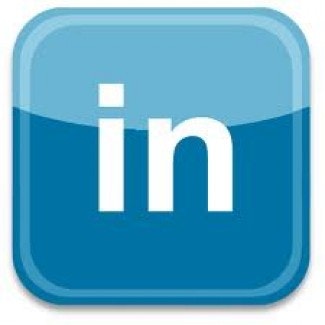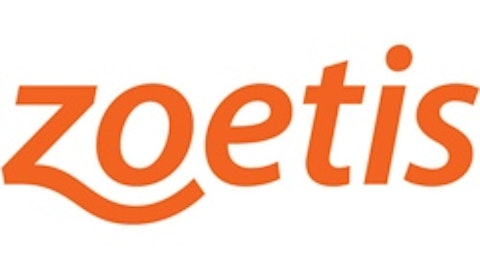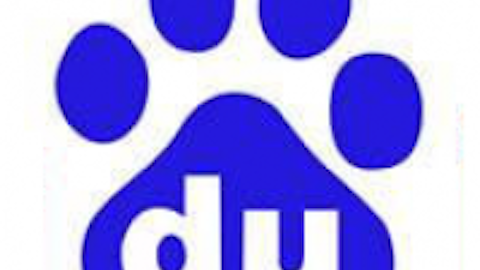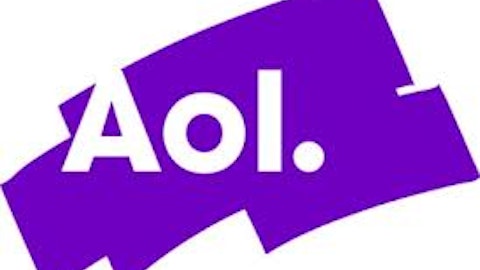Linkedin Corporation (NYSE:LNKD) is wreaking havoc on the recruitment market. Headhunters and recruiters are turning to the social network more and more every year, as it becomes an increasingly popular service for finding both passive and active job seekers.
98.2% of staffing professionals said they use some form of social media to find candidates in a recent survey by Bullhorn. That’s up from 94% in 2011. Furthermore, 97.3% of respondents specified using LinkedIn.

Understanding the size of LinkedIn’s market
In 2011, Mark Mahaney of Citigroup estimated the online jobs recruitment market size at $3 billion. This implies that if you combined LinkedIn’s 2011 “Talent Solutions” revenue of $261 million with Monster Worldwide, Inc. (NYSE:MWW)’s $894 million in revenues from career services, you’d encompass nearly 40% of the entire market.
In 2012, LinkedIn grew Talent Solutions to more than $523 million in sales, while Monster saw revenues fall to $814 million for its career services. Clearly, not all of LinkedIn’s revenue growth is coming from Monster. I believe it’s taking sales away from outside of the online jobs recruitment market. In fact, it seems the addressable market for LinkedIn is much bigger than Mahaney’s 2011 estimate.
The worldwide recruitment market (traditional and online) continues to grow, as companies seek international talent, and more countries like India and China see an expanding middle class. Research from Koncept Analytics estimates that the worldwide recruitment market could reach $369 billion next year.
If 98% of recruiters are using online recruiting methods, how can they only make up 1% of the market’s revenue? The numbers don’t add up.
Research from Bersin & Associates found that among total talent acquisition spending by U.S. companies in 2011, professional networks made up 3%. What’s more, Bersin & Associates expects that number to improve, as more companies realize that professional networks provide the best “bang for the buck.” The 3% of spending on professional networks ultimately filled 10% of positions. Comparatively, traditional recruiting agencies made up 29% of total spending to fill just 8% of positions.

Combined, professional networks and job boards made up 17% of the $124 billion U.S. recruiting market in 2011. This implies an addressable market of $21 billion in the United States alone for LinkedIn.
As mentioned earlier, that number is growing, as LinkedIn and other web companies disrupt the market. As LinkedIn expands internationally, and countries like China and India see a growing middle class, spending in the rest of the world ought to follow a similar trend. That could create a rapidly growing, $50 billion-plus market for worldwide online recruitment spending.
In other words, there’s plenty of runway left.
Why LinkedIn will continue growing
LinkedIn has surpassed critical mass. Now, with more than 200 million users, LinkedIn is the professional network. Established users and widespread use by companies, recruiters, and jobseekers have created a moat and an industry that’s hard to break into.
LinkedIn began offering premium services to recruiters about eight years ago. In 2007, “Hiring Solutions” generated $7.5 million in revenue, which was 23% of the company’s total. Last year, the company renamed the product “Talent Solutions,” and it generated $523 million in sales – 54% of total revenues. The Talent Solutions service is by far the biggest driving force behind LinkedIn’s revenue growth.
Talent Solutions is also a disruptive force for the traditional recruiting industry. It’s less expensive than hiring a traditional recruiting firm; it’s faster; and it’s easily accessible to even the smallest companies. Additionally, it provides companies with better results than job boards such as Monster.com or CareerBuilder.com. As the online professional network, LinkedIn provides a service of incomparable value to companies.
LinkedIn has a strong growth plan that includes two very important points: international expansion and mobile access. The recruiter platform is already available in French, and LinkedIn plans to roll out German and Portuguese versions in the near future in order to serve the European and Brazilian markets better. This strategy capitalizes on the growing number of job seekers in Europe, as unemployment remains a problem in the region.
Additionally, “Jobs on Mobile,” introduced six months ago, is already seeing traction. 20% of job views and 30% of job viewers came from mobile devices last quarter. As a result, 27% of unique visitors came through mobile apps compared to just 15% in the same period a year ago.
The biggest threats LinkedIn faces come in the form of Facebook Inc (NASDAQ:FB) and Monster. In fact, Monster has attempted to harness the giant Facebook user base through an app it calls BeKnown. The app allows Facebookers (my mom’s term) to create their own professional network, keeping work and play separate.
However, with just 157,000 “likes,” the app doesn’t seem to be catching on. Furthermore, Monster’s declining revenues have caused the company to post significant losses in the last two quarters, thanks to LinkedIn’s disruption.
More recently, Facebook developed its own jobs app, dubbed “Social Jobs Partnership,” that aggregates job postings from around the web. I do not believe this is much of a threat to LinkedIn, because it is, in essence, just another job board. Most job boards fail to address the problems companies have with recruiting. Specifically, companies don’t receive very many quality applicants (according to the Bersin & Associates study). LinkedIn solves this problem by presenting top-tier candidates to companies, which can then pursue those candidates, instead of vice versa.
However, Facebook’s newest tool, Graph Search, does present some useful features for recruiters. Though it’s still in beta, it will allow recruiters to find “friends of friends” and grow their networks organically. Theoretically, recruiters (or anyone for that matter) will be able to search for “friends or friends of friends who graduated from University X with a degree in A, B, or C and are currently unemployed.” That search would populate a list of pre-qualified candidates for a recruiter to explore based on his or her network.
Currently, though, most Facebookers are not too keen on mixing business with pleasure. Facebook is a social network filled with inside jokes, inappropriate pictures, and out of context wall posts. Perhaps a few tweaks from Facebook, or from the public’s use of Facebook, will change that, as recruiters will undoubtedly use this free tool to the best of their abilities. However, it seems as though LinkedIn is relatively unthreatened by Graph Search for now.
It’s not too late
While shares have run up to more than 3.5 times LinkedIn’s IPO price, I don’t believe it’s too late to buy. Astronomical P/E ratios may scare off some investors, after its most recent stellar earnings report sent shares up another 20%. But I’m a firm believer in not selling a company as it makes new highs. I foresee plenty of room for LinkedIn to continue growing its revenues and profits, and to continue making higher highs.
The article LinkedIn: Recruiting Room to Run originally appeared on Fool.com and is written by Adam Levy.
Copyright © 1995 – 2013 The Motley Fool, LLC. All rights reserved. The Motley Fool has a disclosure policy.





